Up until the year 2017, Samsung’s portfolio of A series has had three different devices. There was Galaxy A3, A5, and A7. But going forward, the Korean tech giant is now focused on a single phone with two variants for its mid-range portfolio, and they’re called the Galaxy A8 (2018) and Galaxy A8+ (2018).
The Galaxy A8 & A8+ (2018) are the first phones under Samsung’s mid-range offering to feature the infinity display. This gives the A8 a design of what you would expect if Samsung had released a variant of Galaxy S8 without the Edge display. But that doesn’t bring it anywhere near the S8 in terms of build and design. It’s far from that.
In a nutshell
The new Galaxy A8 is a performance device. It performs well out of the box, features a dual camera setup on the front, has a solid battery and comes with useful software customizations like all Samsung phones does.
[icon name=”check-circle” class=”” unprefixed_class=””] Pros:
- It’s fast
- Gorgeous 6.0-inch infinity display
- Excellent battery life
- Speaker placement on right side helps
- Bixby Vision
- Samsung Pay
[icon name=”minus-circle” class=”” unprefixed_class=””] Cons:
- Hefty
- Uninteresting design
- Average camera performance for its price
- No Bixby Voice
- Unexciting color choices
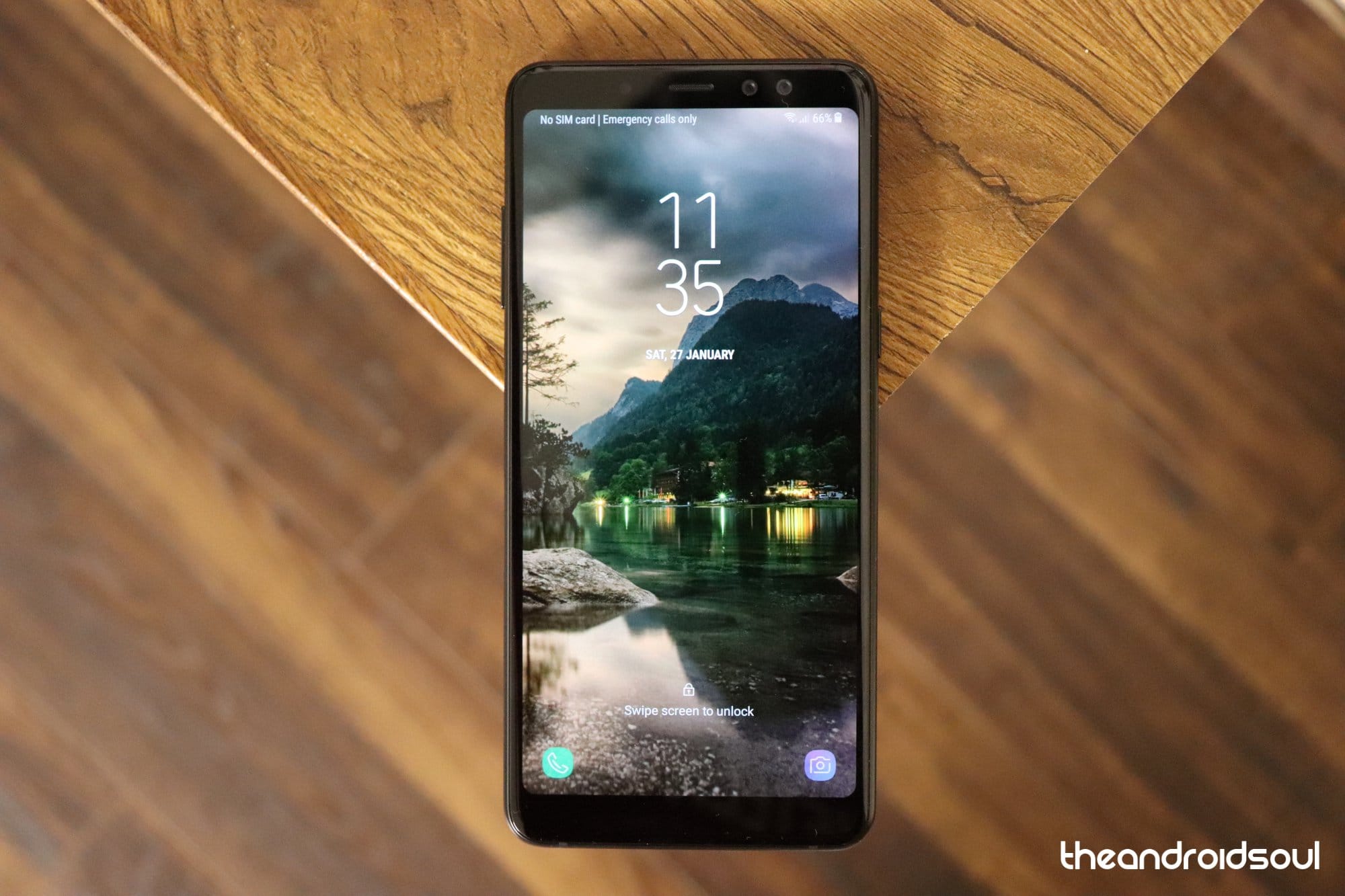
Design
With infinity display, the Galaxy A8+ should have looked as beautiful as the Galaxy S8. But it hardly feels that way. Without the falling edge screens, the Galaxy A8+ just feels a chunky phone with a huge battery weighing in at 192 grams. It does fit nicely in hand though, thanks to the curved glass on the back and rounder body frame of the phone.
The back of the Galaxy A8+ houses the main camera module with LED flash and a fingerprint scanner positioned right below the camera. While it’s still not very convenient to have the fingerprint scanner near to the camera module, it’s still a far better positioning than the one we saw on Galaxy S8 and Note8. Thanks to the downward positioning, the rectangular fingerprint scanner is now also horizontal, which significantly reduces the number of times it fails to recognize your fingerprint as compared to the S8.
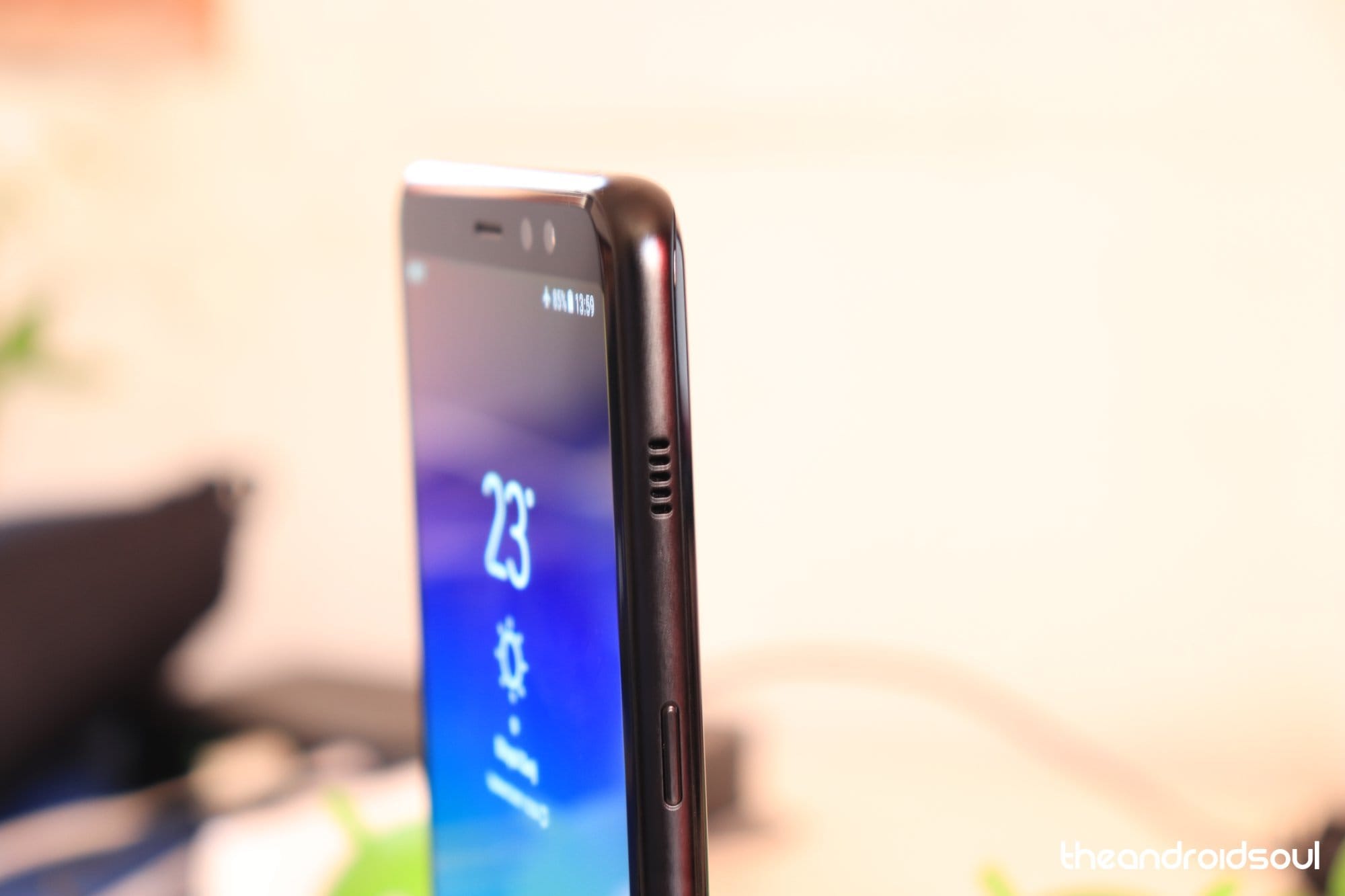
Another major change with the Galaxy A8+ is the placement of speaker. Samsung has done away with the default positioning of speaker viz. near the USB port to the upper right side of the phone. It makes it so much easier when you’re watching a video or playing a game while holding the phone in landscape position as you don’t mistakenly cover the speaker with your fingers on the A8+.
The power button lives on the right side, below the speaker, and the volume rocker on the left. There are also two SIM tray slots on the Galaxy A8, one is for the primary SIM card dedicatedly (placed on the left side of the phone), and another on the top side to put the second SIM and a micro SD card together.
Performance
Samsung has put the Galaxy A8+ in a price-range where it compares with the flagship killer OnePlus 5T, and some less pricey flagship devices such as Huawei’s Honor View 10 and LG G6. So it packs good hardware which includes 6GB RAM and Exynos 7885 Octa-core processor. In our test use of one week, the A8+ never stuttered for once. The device can take serious games like any flagship does and multitasking is snappy as well. On the performance front, A8 is comparable to the Galaxy S8. The 6GB RAM on the device really plays when you need it.

Galaxy A8+ ships with Android 7.1.1 out of the box, and is destined to get Android Oreo update after the Galaxy S8 and Note8 get it. Samsung doesn’t serve Android in its true flavor though, what you see on the Galaxy A8+ is a heavily skinned version of Android 7.1.1 which the company calls Samsung Experience 8.5. A lot of Android manufacturers do customizations over stock Android, and thankfully, Samsung’s skinning is among the best.
For starters, the software on Galaxy A8+ offers excellent features and customizability. The device comes with Samsung’s theme store where you can download wallpapers, system-wide themes, and icon packs for your customizability needs. There’s also an app store of Samsung’s own called “Galaxy Apps” using which you can download Android apps, games and many of Samsung’s own apps just like you do on the Play Store. But we would recommend you to keep away from the Galaxy Apps store because it’s just not as efficient as the Play Store, and if you buy anything from the Galaxy Apps store, your purchase gets forever locked to a Samsung Android device. Whereas when you purchase something from the Play Store, you can always download and install it again on your other Android devices.
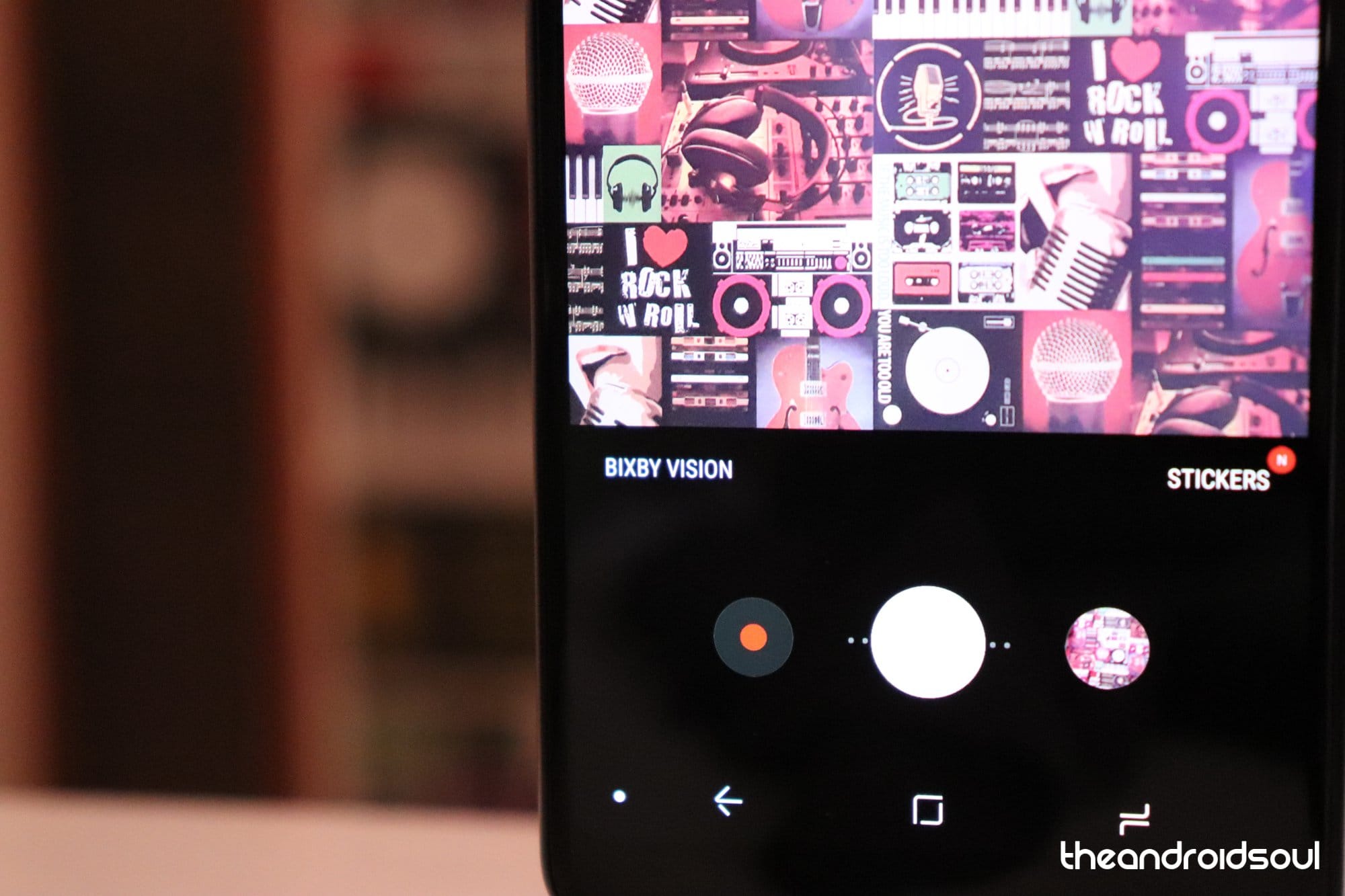
Bixby. The Galaxy A8+ features Samsung’s AI assistant Bixby which can be accessed from the left screen on your home screen from the stock launcher. Really, there’s no other way to bring forward Bixby on the A8+. The phone doesn’t feature a dedicated hardware button like the Galaxy S8 and Note8 does for Bixby, which is probably also the reason why Bixby on Galaxy A8 is only limited to provide a feed of useful stuff on the homescreen and to Bixby Vision in the camera app. There’s no Bixby Voice on the Galaxy A8+.
Lastly, if you care to have Face unlock option on your Android device because your friends with iPhone X do, the Galaxy A8+ gets you that. However, it isn’t as fast as the iPhone X or its close competition OnePlus 5T.
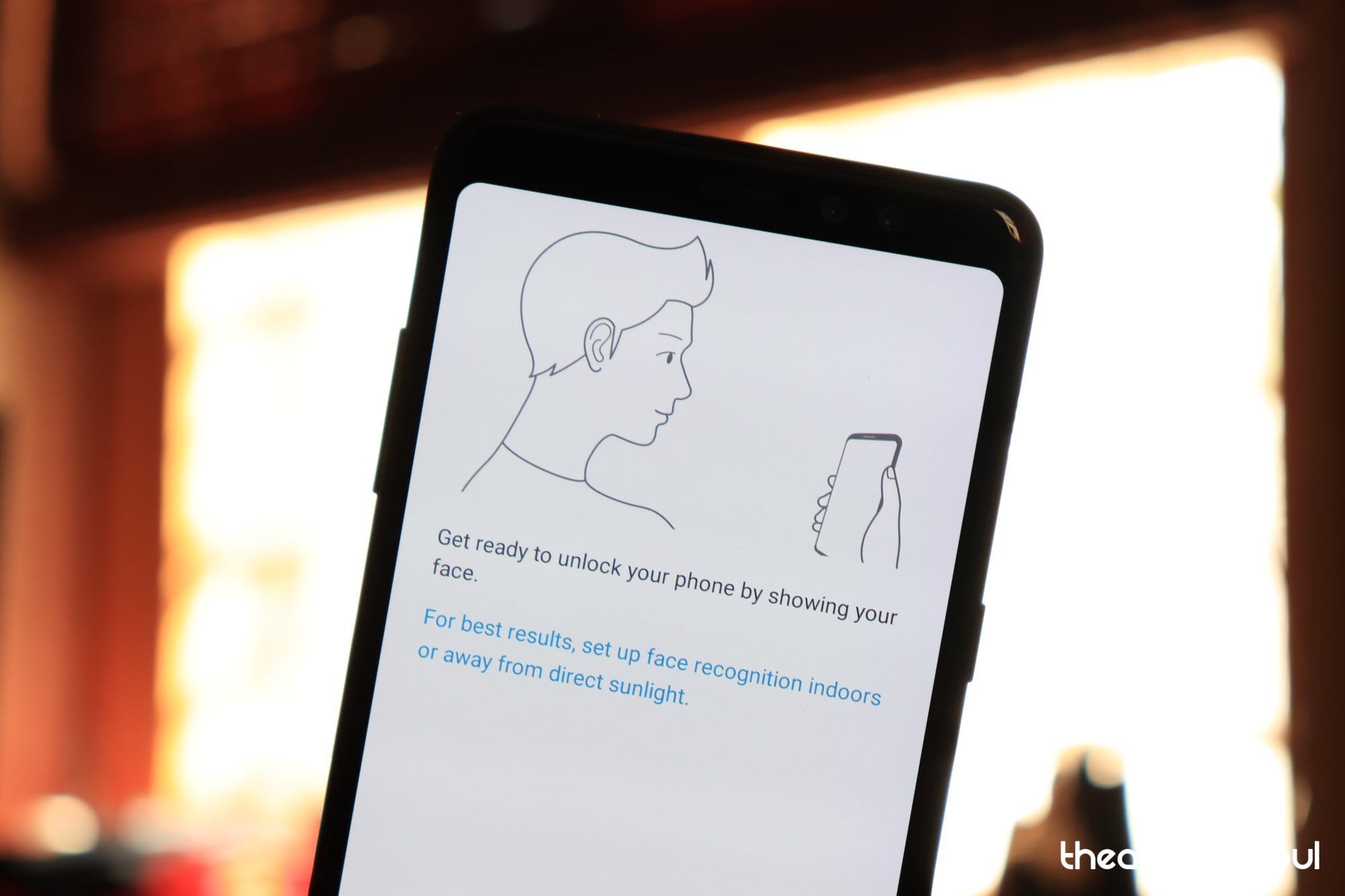
Display
The display on Galaxy A8+ is a gorgeous 6.0″ Super AMOLED panel with a resolution of 1080 x 2220 pixels packed in an 18.5:9 ratio. It’s as crisp and colorful as any other Super AMOLED displays out there. And just for the sake of it, if you put it side-by-side with the Galaxy S8, it’ll be hard to distinguish between the two.
If you’re not a fan of AMOLED displays though, you can switch the screen mode under settings from Adaptive display (default) to Basic. It’ll tone down the saturated AMOLED display effect, and show actual colors (probably) of stuff on your screen. But honestly, doing this will take away all the charm of the beautiful display on the Galaxy A8+.
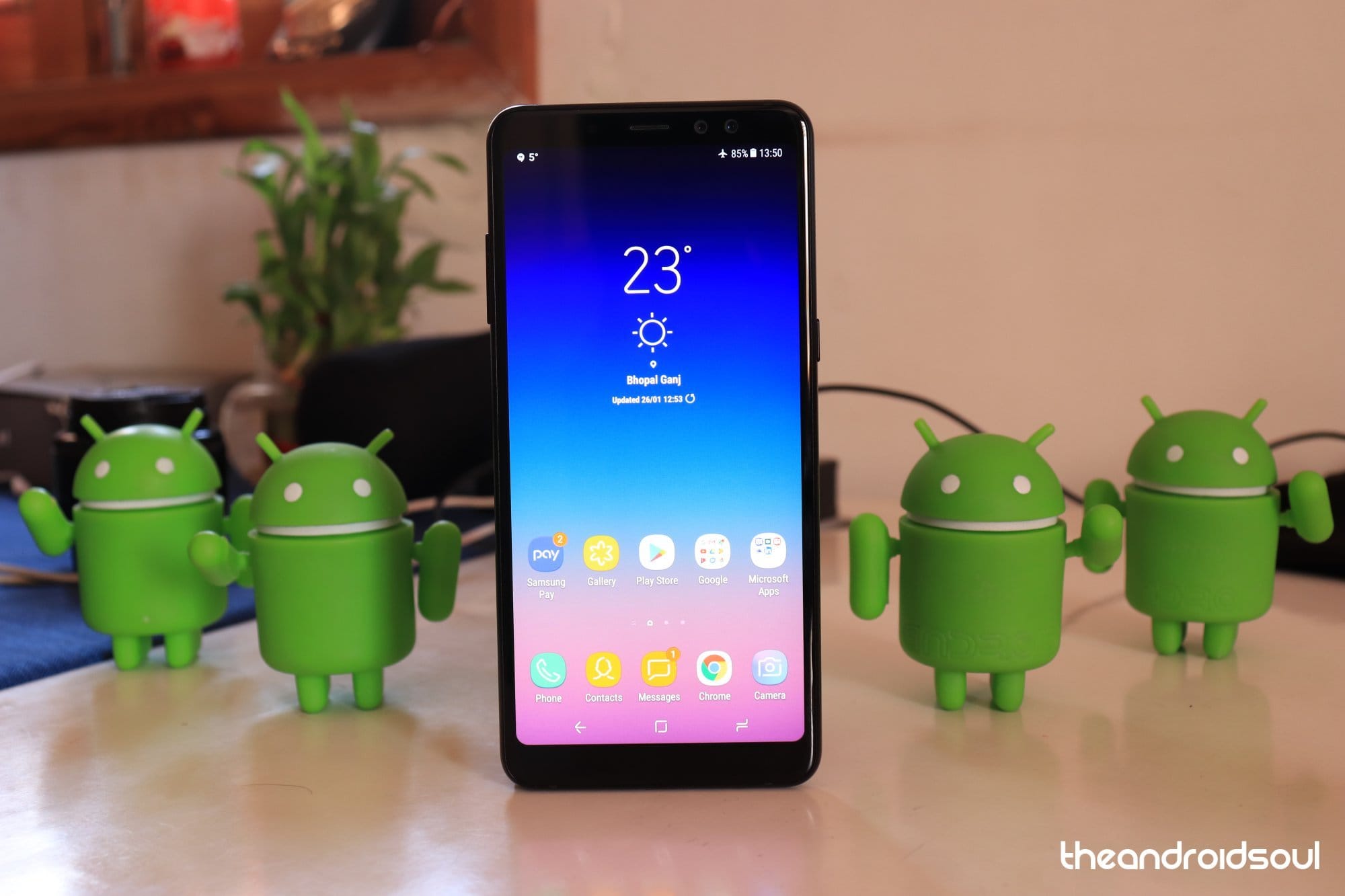
Camera
We have seen a lot of Android manufacturers from China putting dual cameras on the front in the past year. And they have been pretty popular among the users too, so Samsung has to bring it at least to their mid-range offering, right? The Galaxy A8+ features a dual camera setup (16 MP + 8 MP) on the front with an aperture of f/1.9. And it takes decent selfies. Thanks to the dual camera on the front, the live focus feature from Note8 is now also available on the A8+. However, all of this is more gimmick and less performance. I took some selfies of my own in daylight and indoor lighting on both Galaxy A8+ and OnePlus 5T (because it’s its closest competition) and I can say with confidence that OnePlus 5T did a far better job. Under indoor lighting conditions, selfies taken with the Galaxy A8+ blows with a white tone, while the OnePlus 5T keeps its composure. Color production too is better on the OnePlus 5T than on Galaxy A8+.
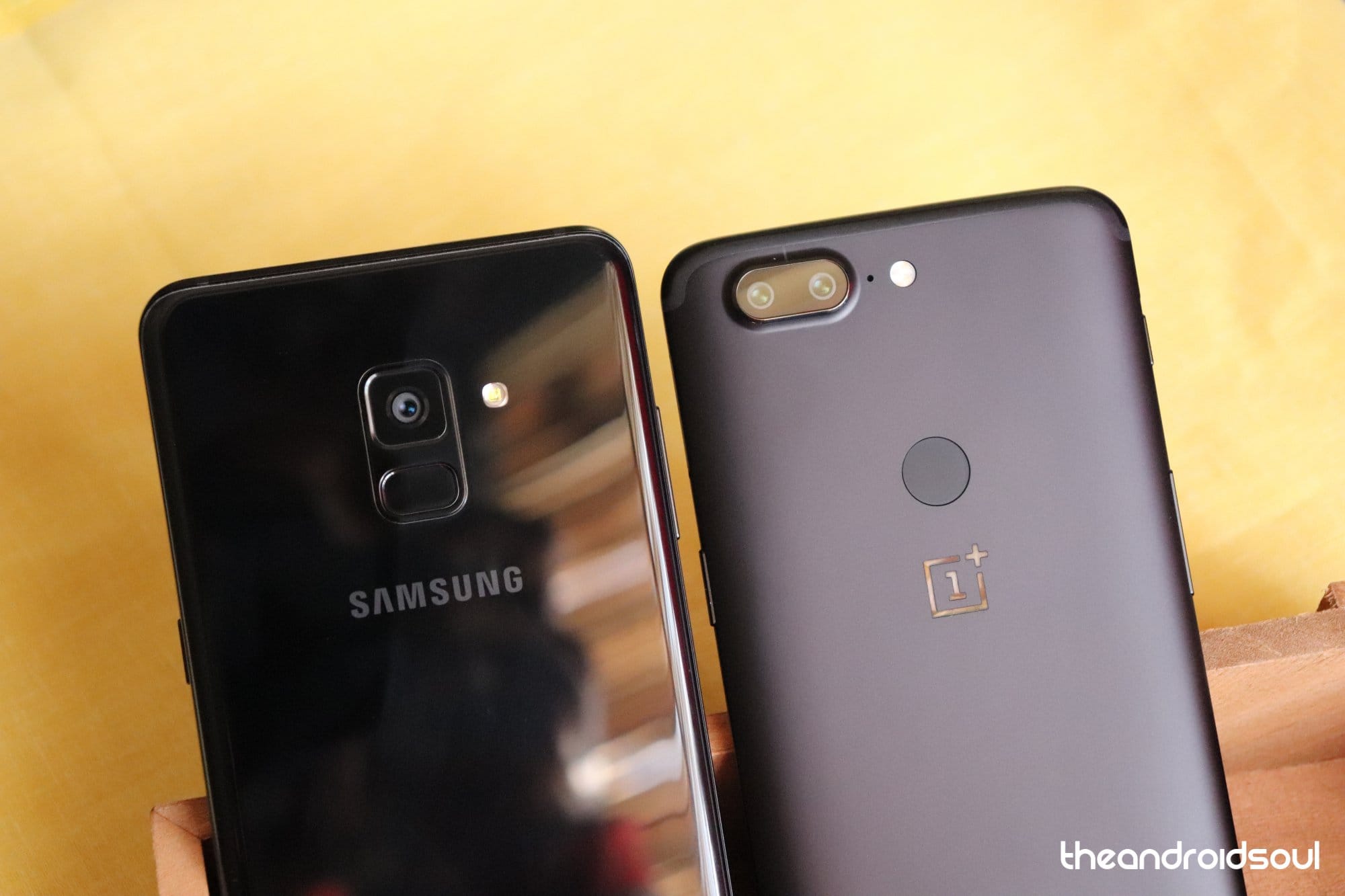
Coming to the rear camera, the Galaxy A8+ continues to be a disappointment. No matter if you’re shooting under daylight or indoor lighting, the rear camera takes less sharp images than you’d expect from a phone of its price range. Again, we put it to test with OnePlus 5T, and the difference in image quality is significant. While the OnePlus 5T takes sharp images, it also maintains the original color of the objects in the picture much better than Galaxy A8+ does. Check out our Galaxy A8+ camera samples below:
Battery Life
One of Samsung’s most prioritized feature for the Galaxy A8+ must have been a good battery life. Take this phone once in your hands and you’ll realize it is built for good battery backup. It weighs in at 192 grams, really heavy. One of the reasons why I’d never use the Galaxy A8+ as my daily driver is because of its heaviness. Every single time I took this phone in hand in this past week, it never failed to disappoint me with its chunky, bulky, utterly unexciting build.
That said, the Galaxy A8+ features a 3500mAh battery, and it really is excellent. Even through my heavy usage of the device this past week which includes gaming, music, reading, movies, etc. fun stuff, the Galaxy A8+ went through every day on a single charge without requiring any immediate attention to charge the battery. Also, I have had about 200 apps installed on the phone. None of these apps actively run in the background, but they do consume significant battery power when they occasionally run in the background like most Android apps do. These apps make a significant difference for me when I use my primary phone (Google Pixel). So I know from experience that despite all of my apps installed on the A8+, when it performed for a full day with heavy usage, it must have an excellent battery life.
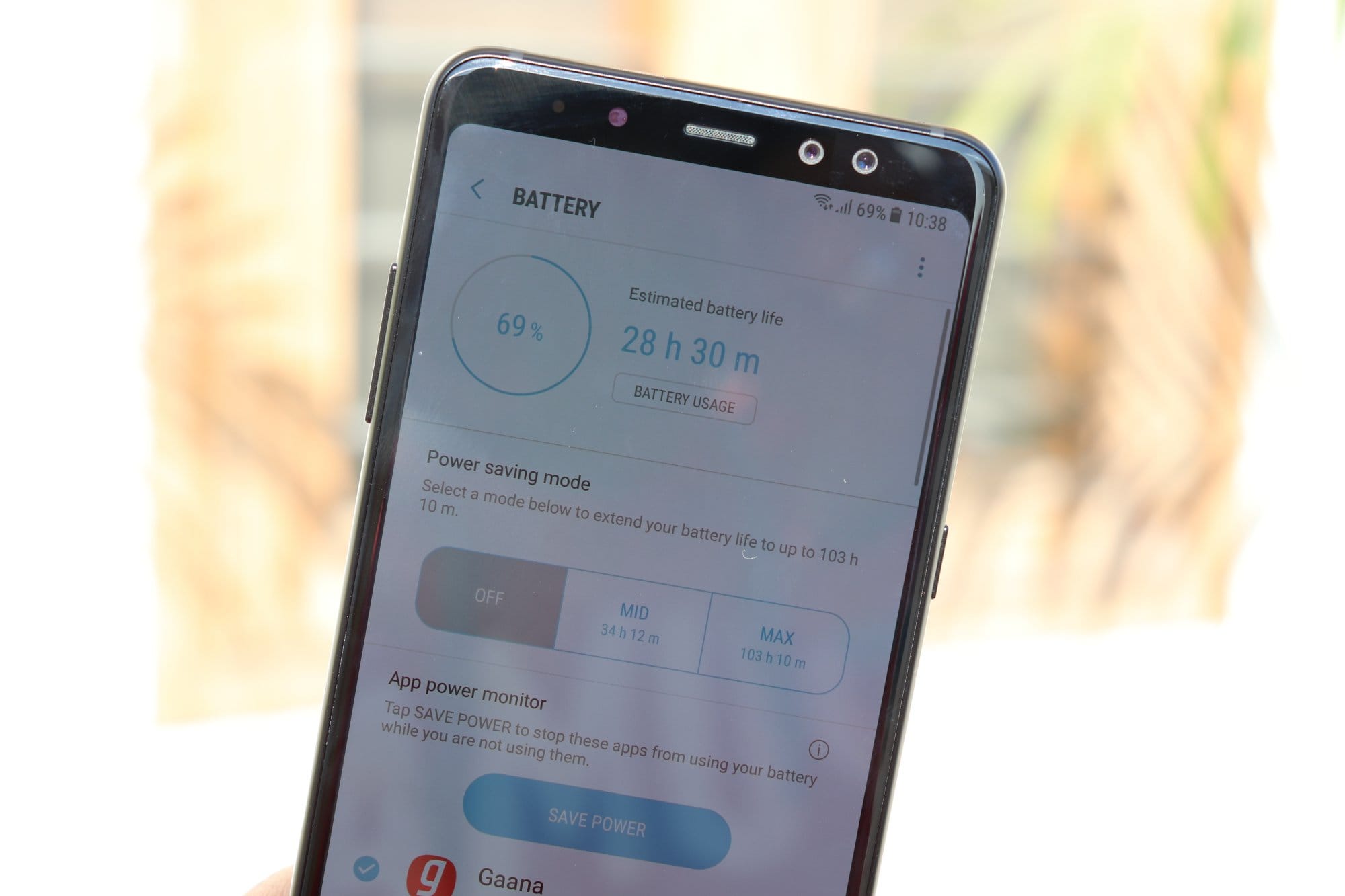
Wrap Up
The Galaxy A8+ is a good phone. It performs well, has decent cameras, and gives excellent battery life. But it’s pricey for its type. And if you’re not the one who could pick a phone that is less aesthetic for its price, you’ll probably hate the Galaxy A8+. I can’t overstate how much chubby the Galaxy A8+ feels in hand. And even if you’re okay with its weight and form, the phone’s camera is just not worth the price either. If you’re keen on getting a Samsung phone, we recommend you get the Galaxy S8 instead. It’s now available for about the same price as the Galaxy A8+. And if you’re okay with a non-Samsung phone, get a OnePlus 5T. You won’t regret.

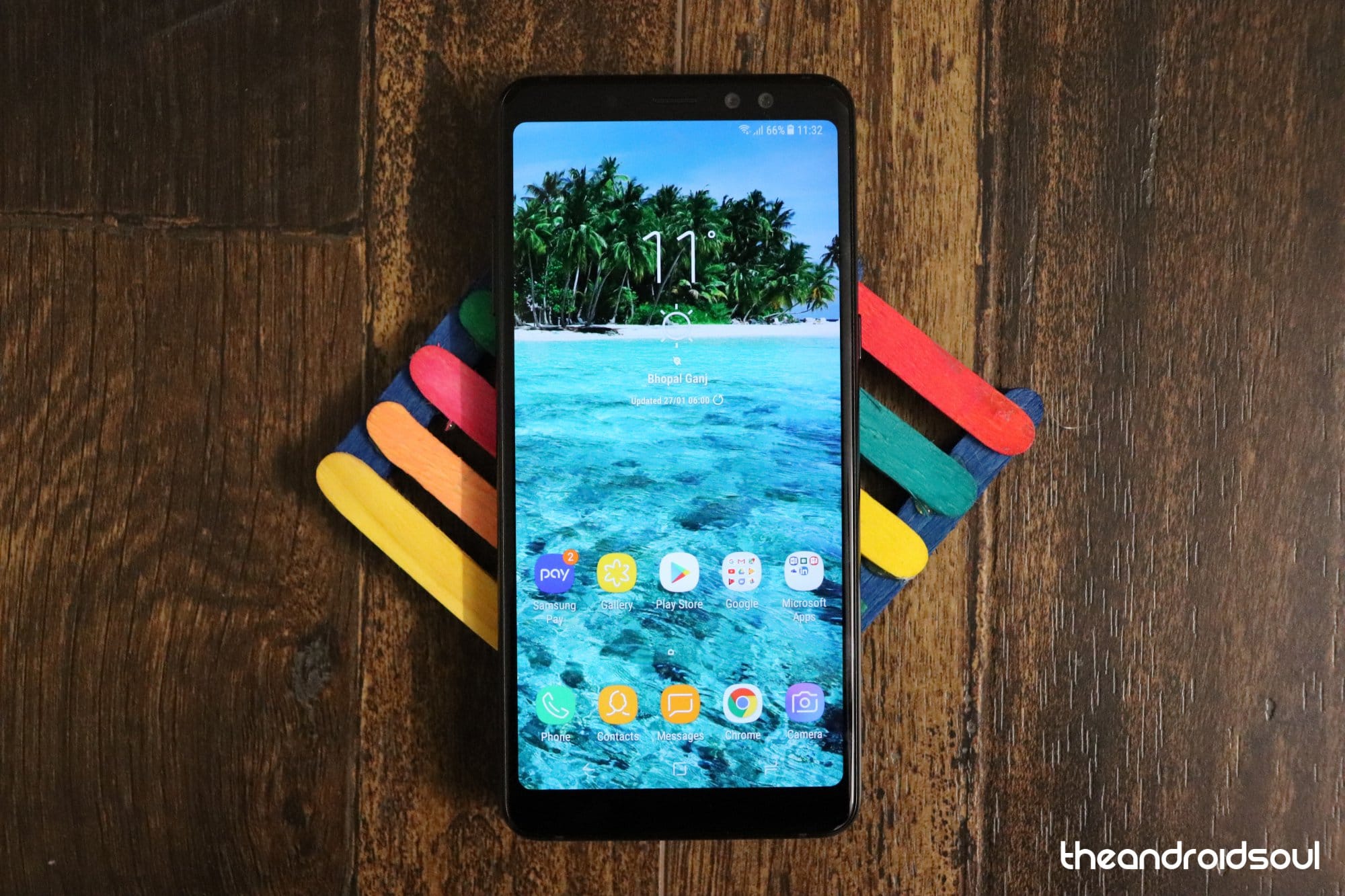
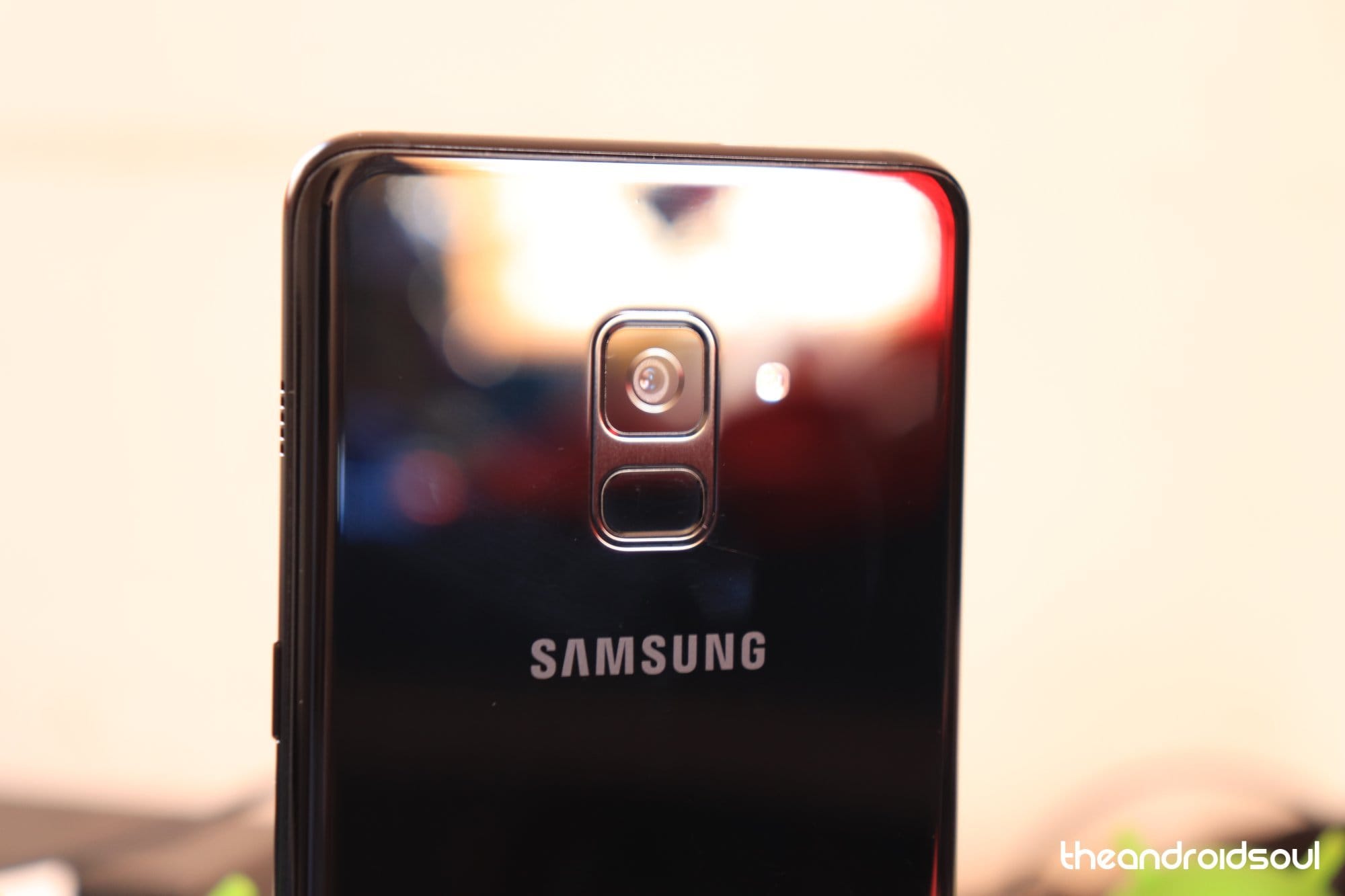


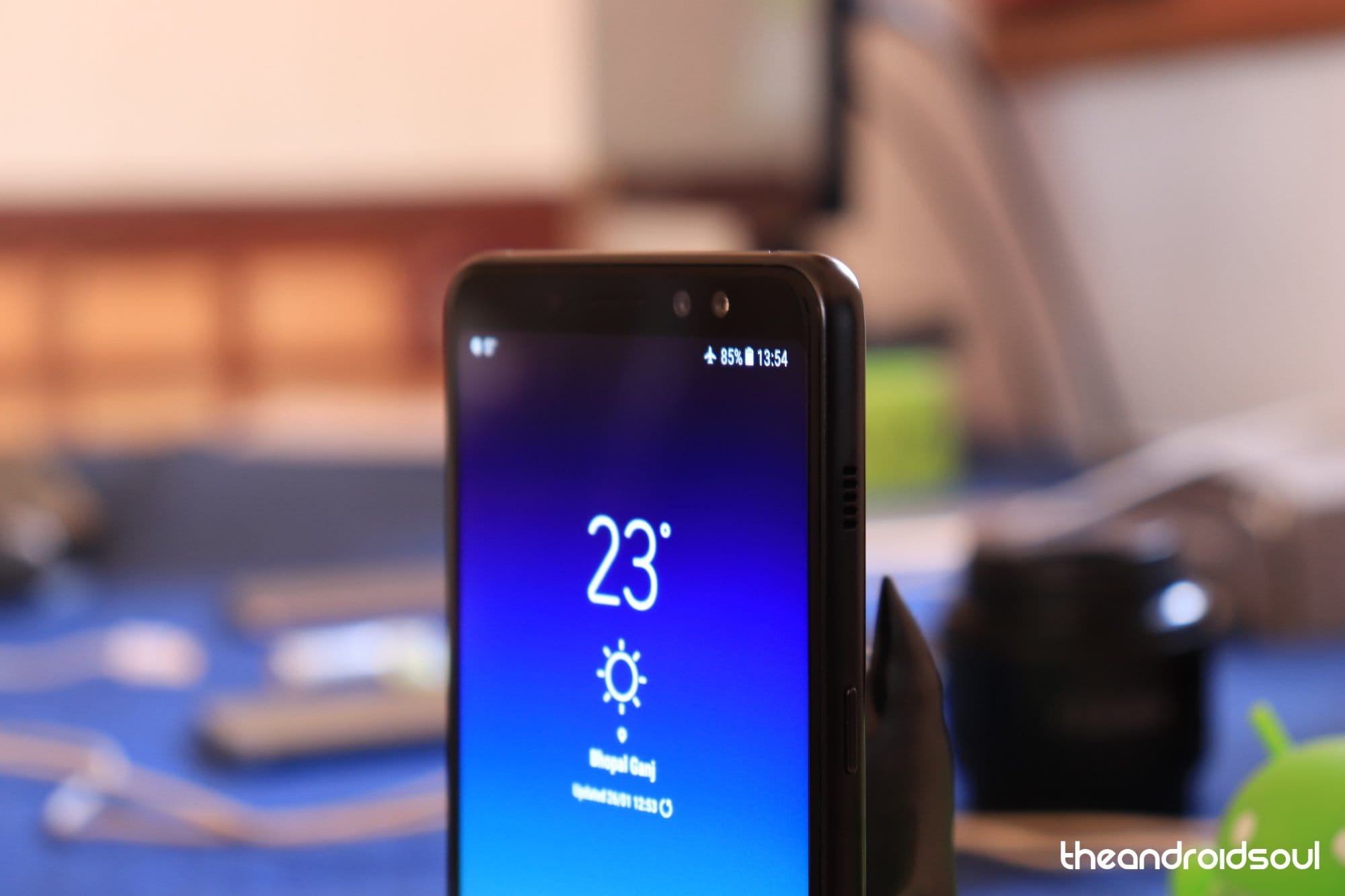
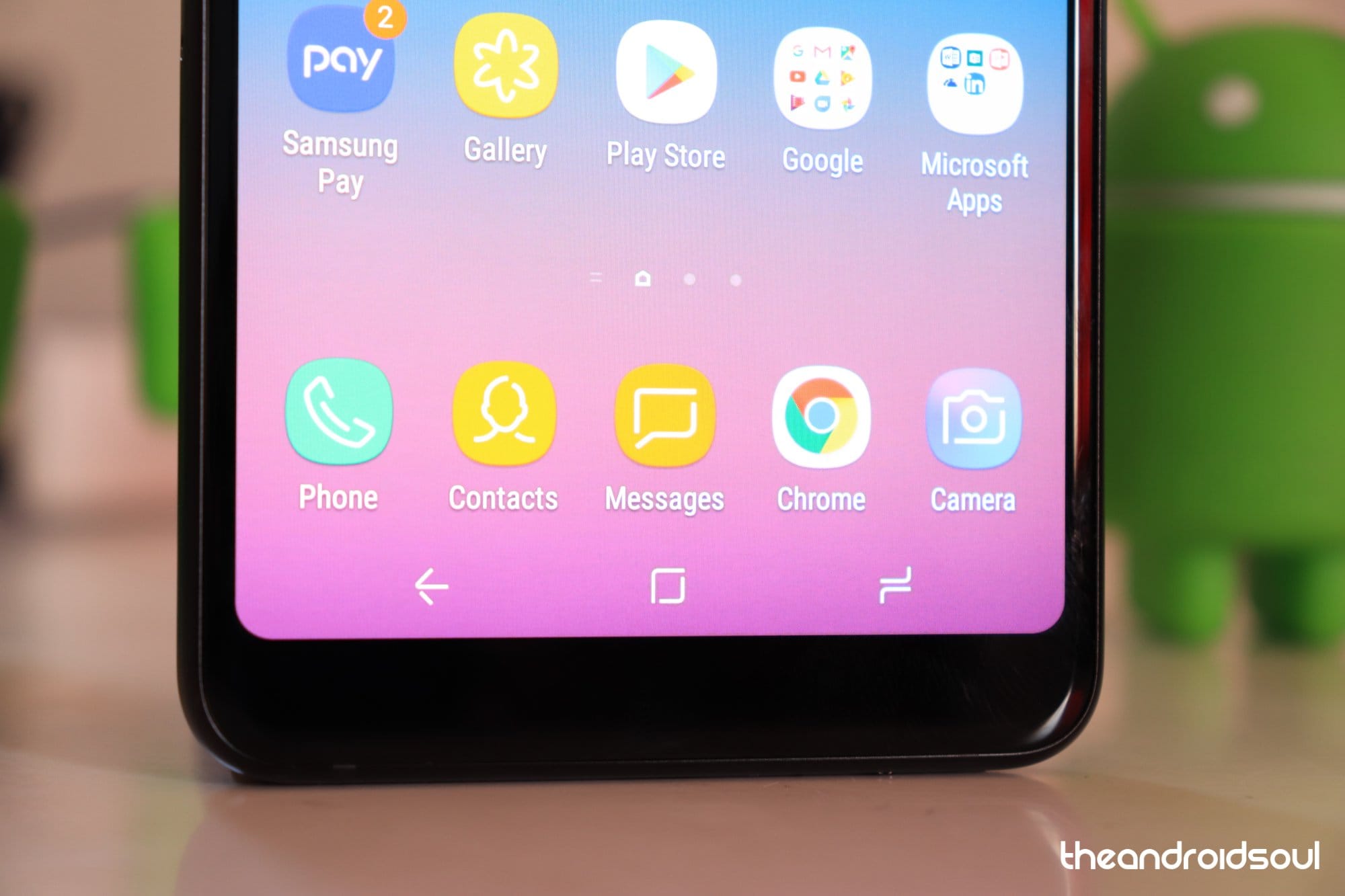
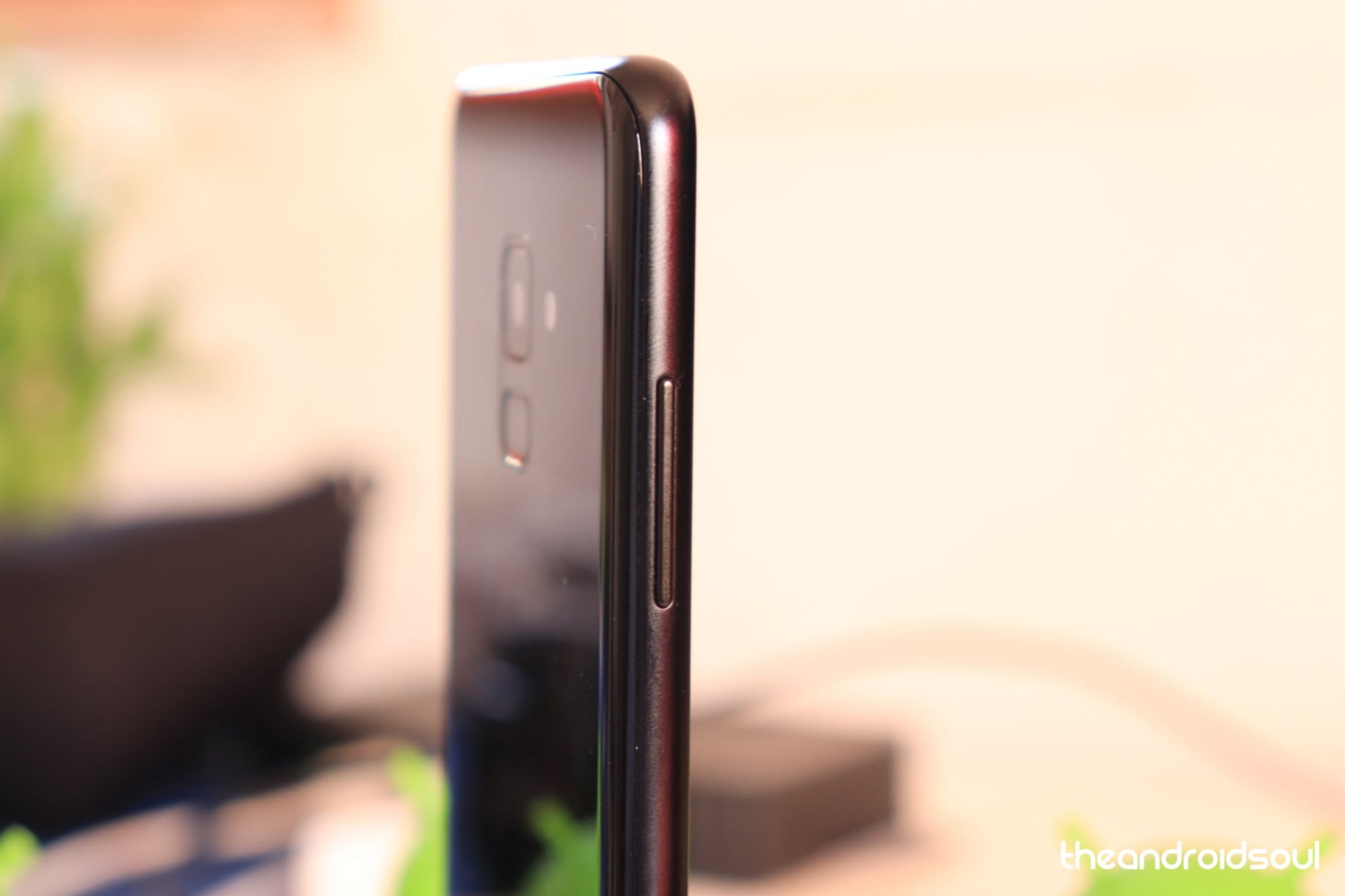
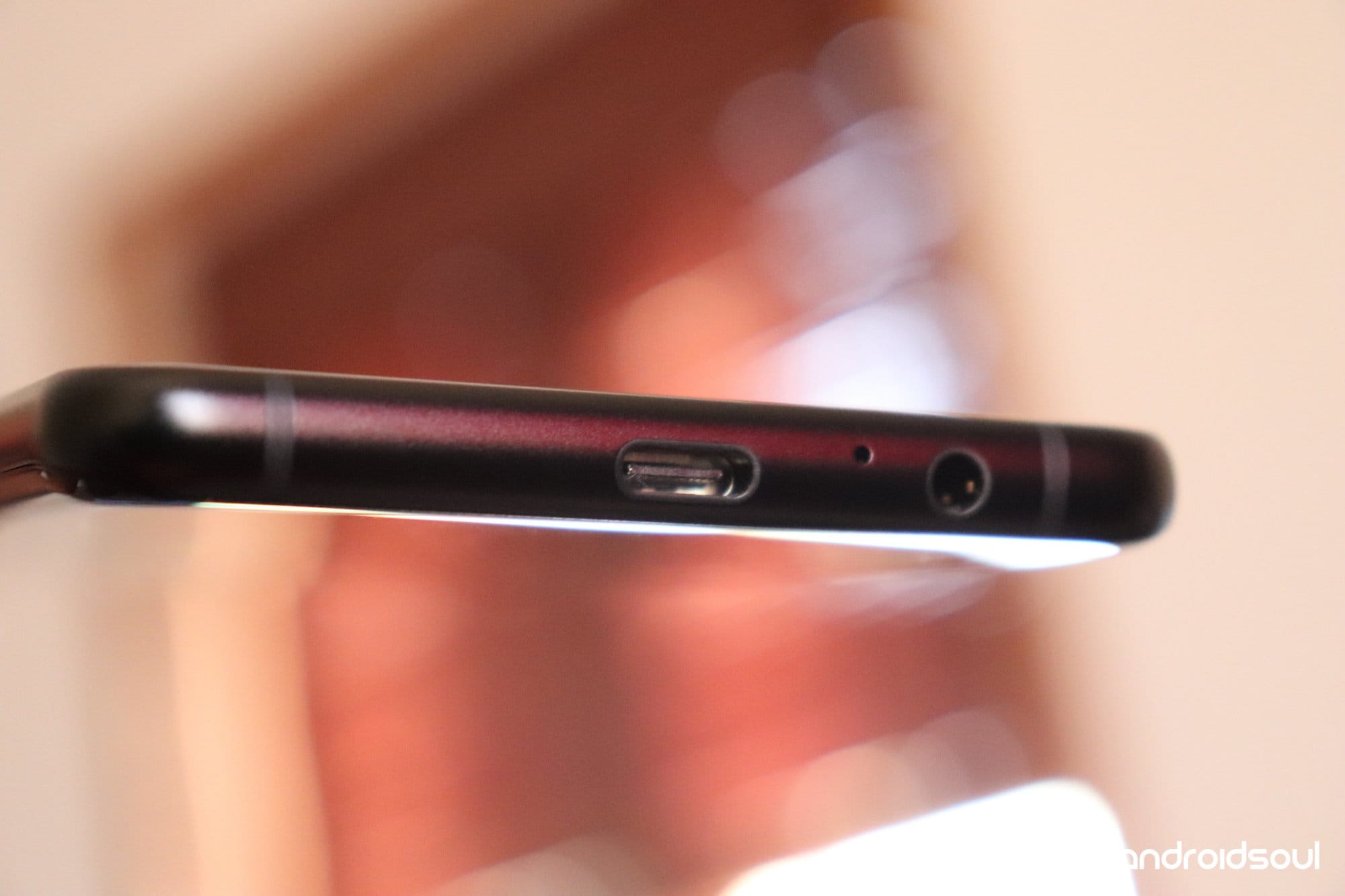

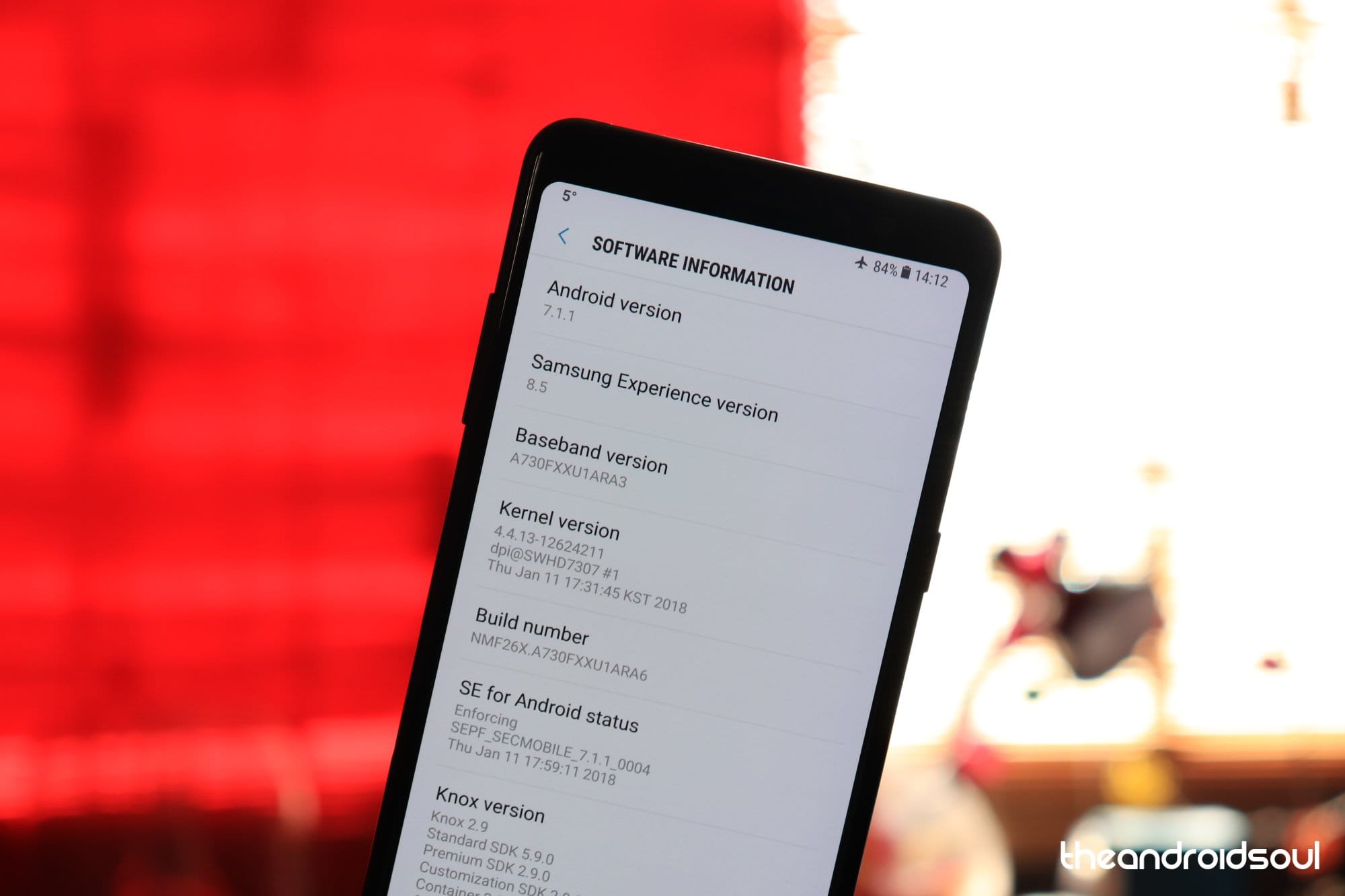
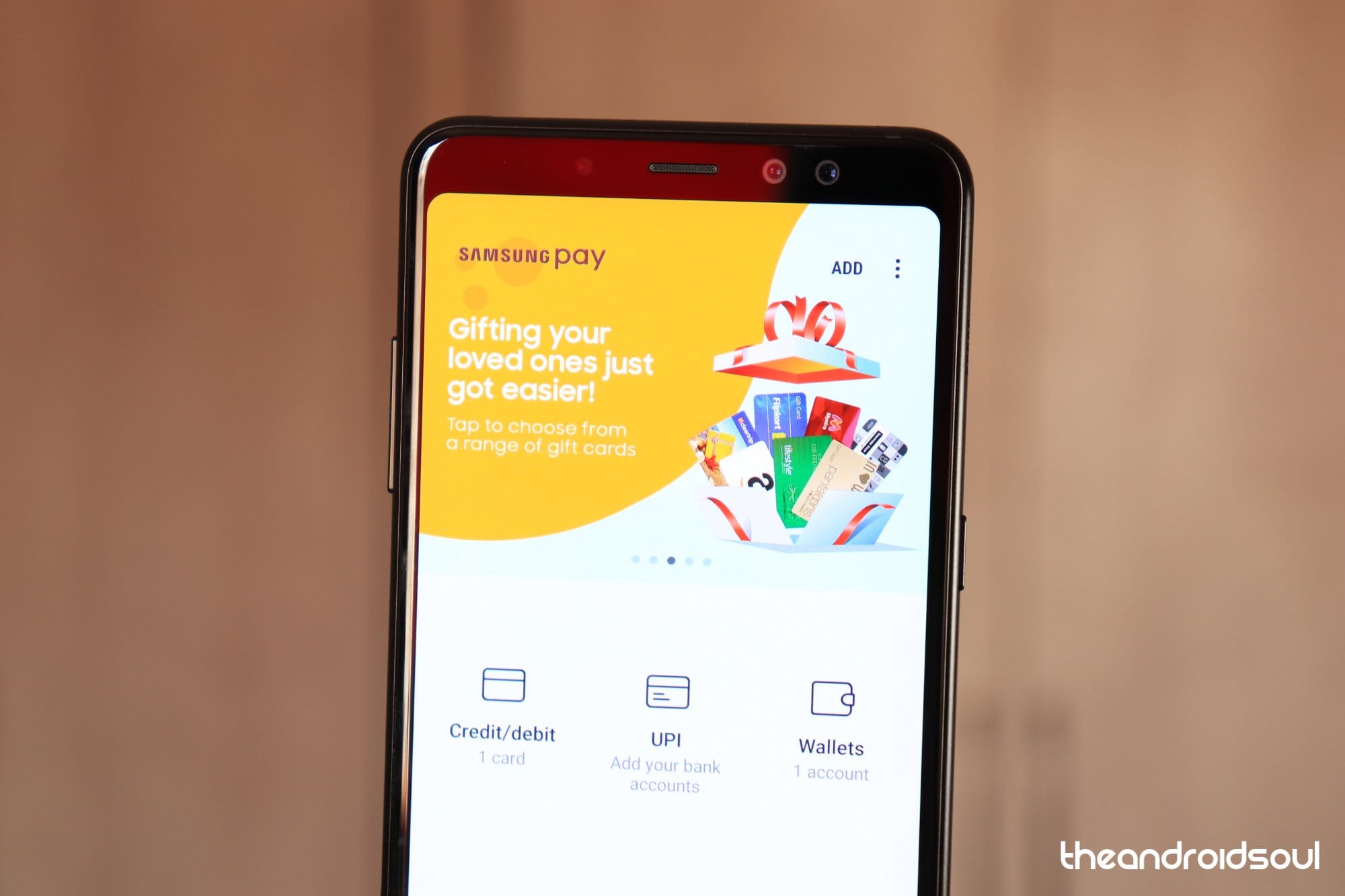


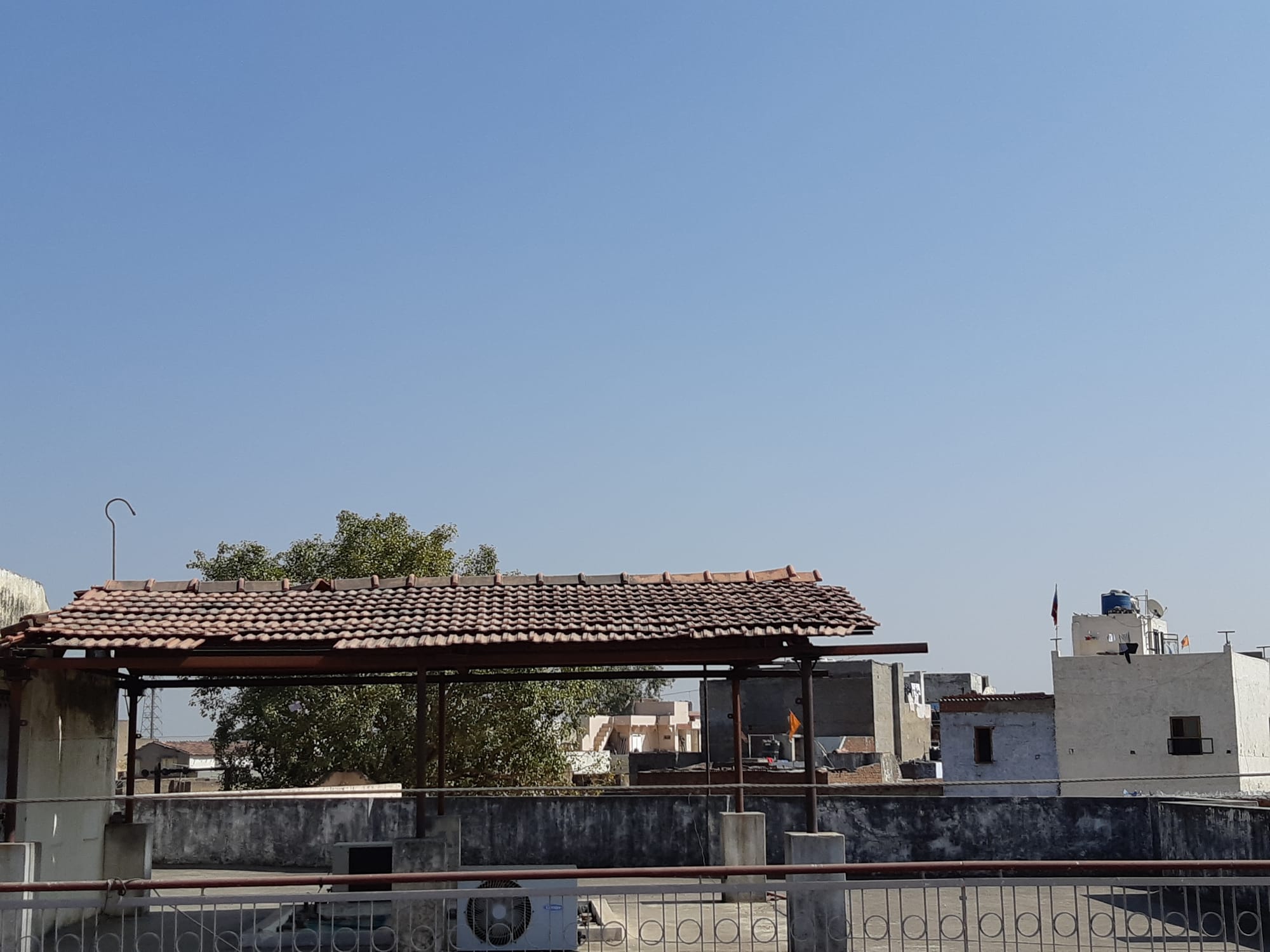
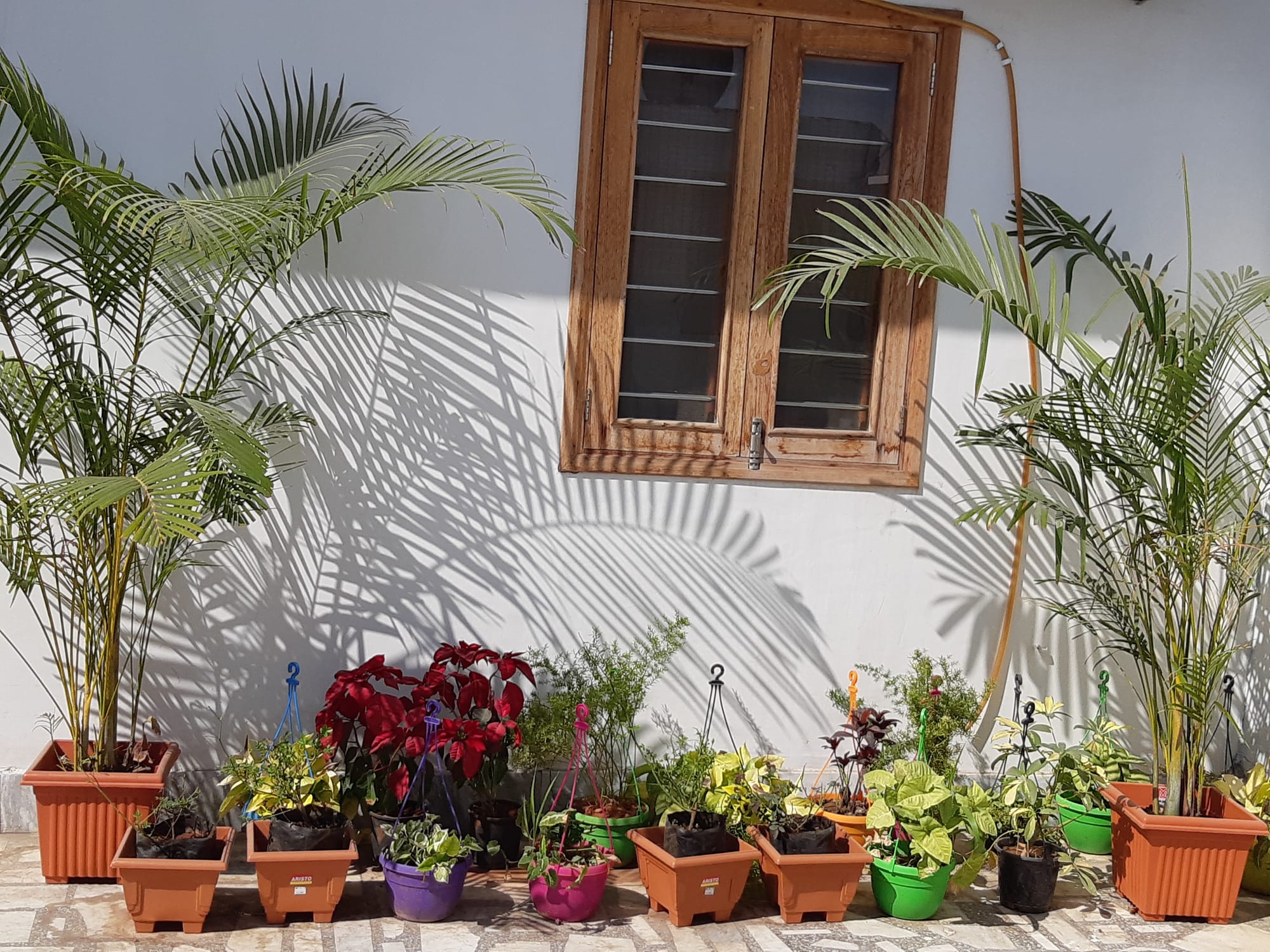








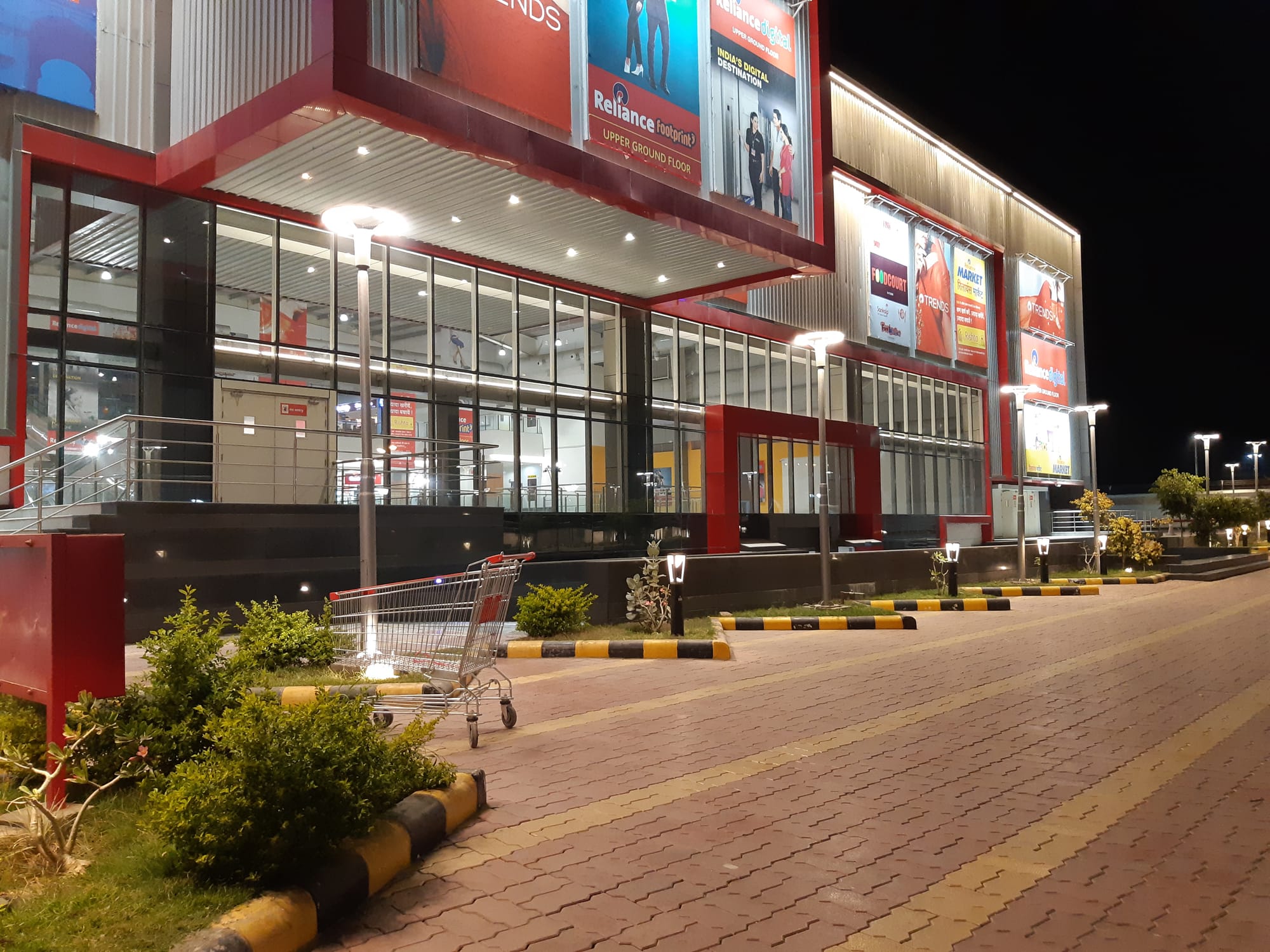

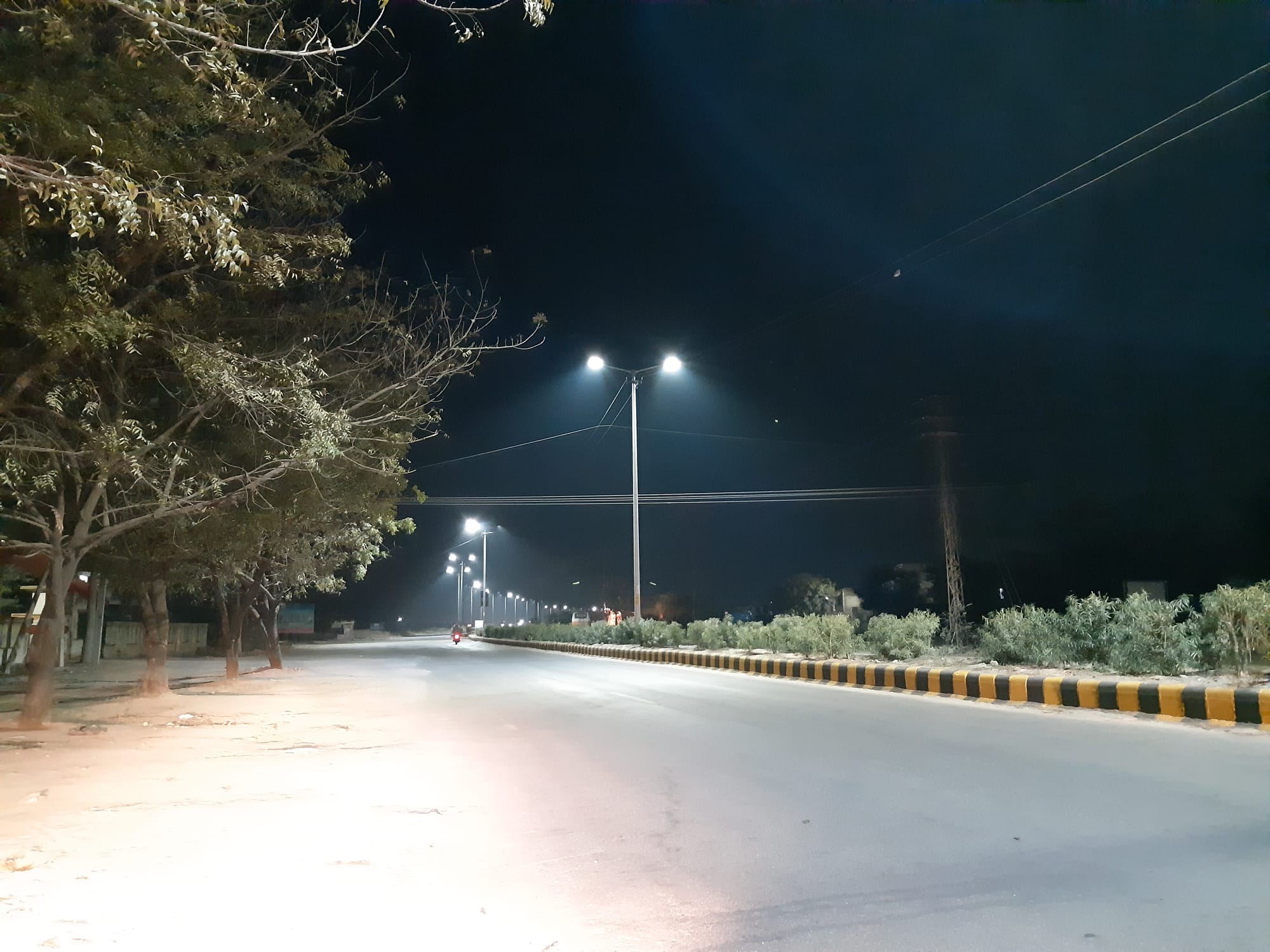

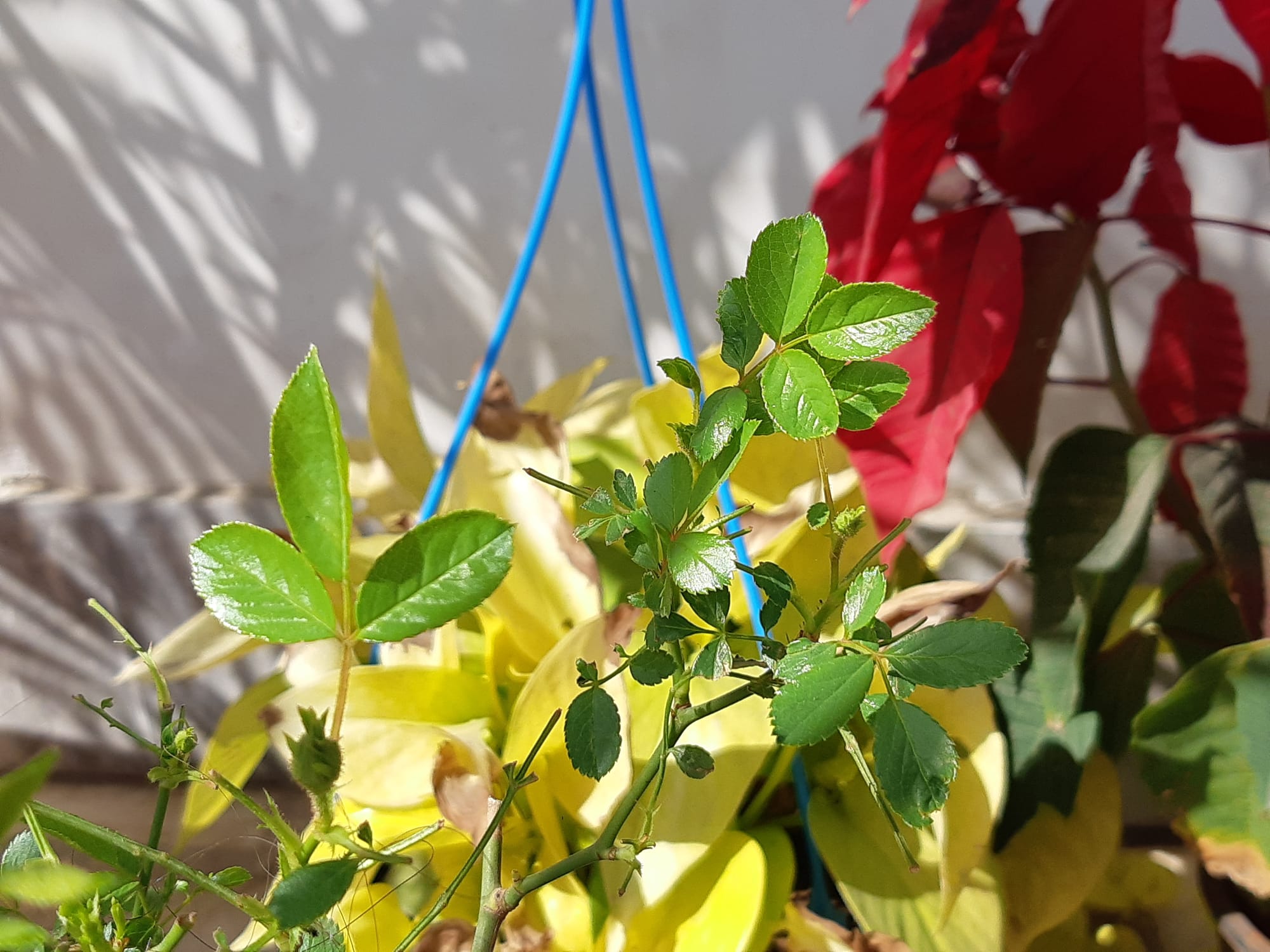


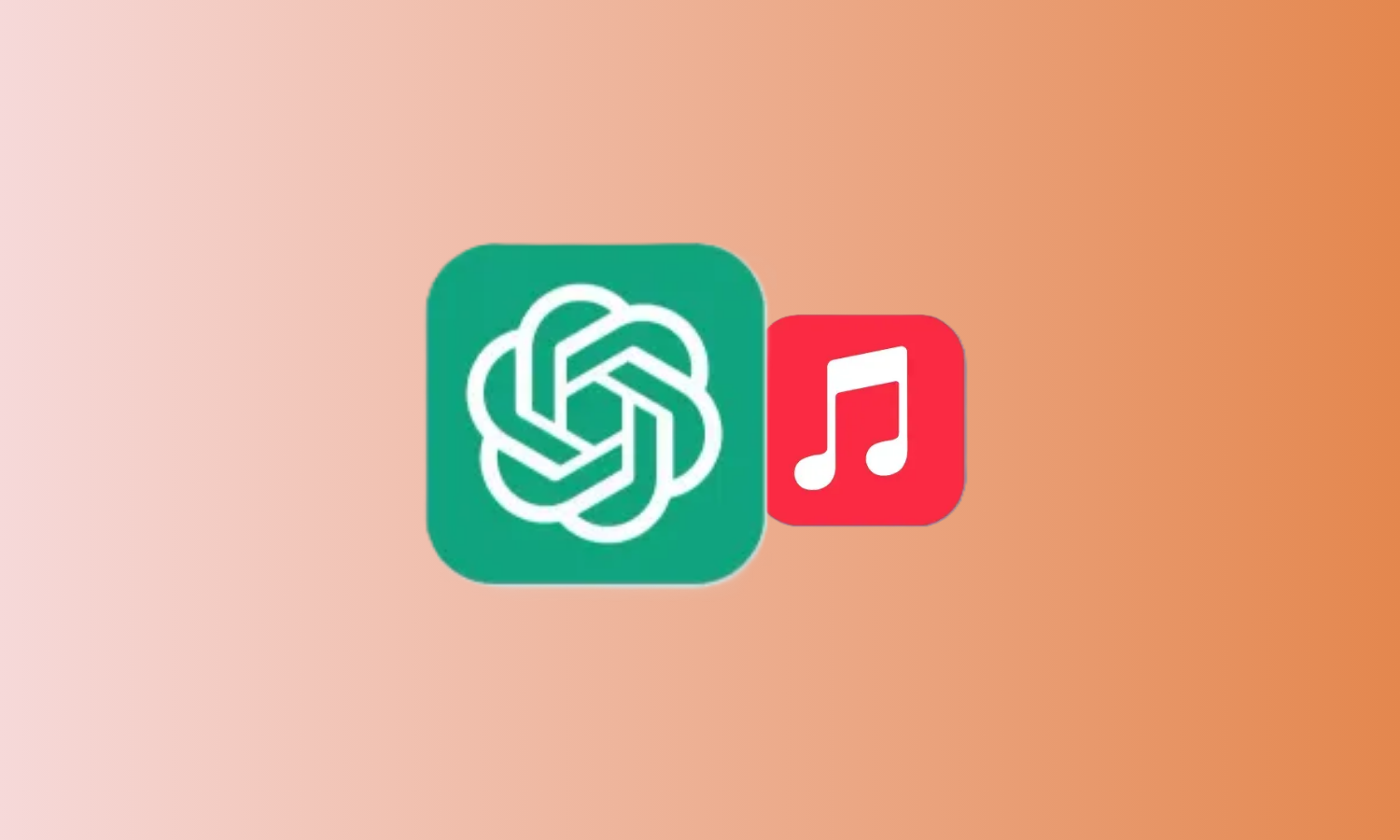








Discussion